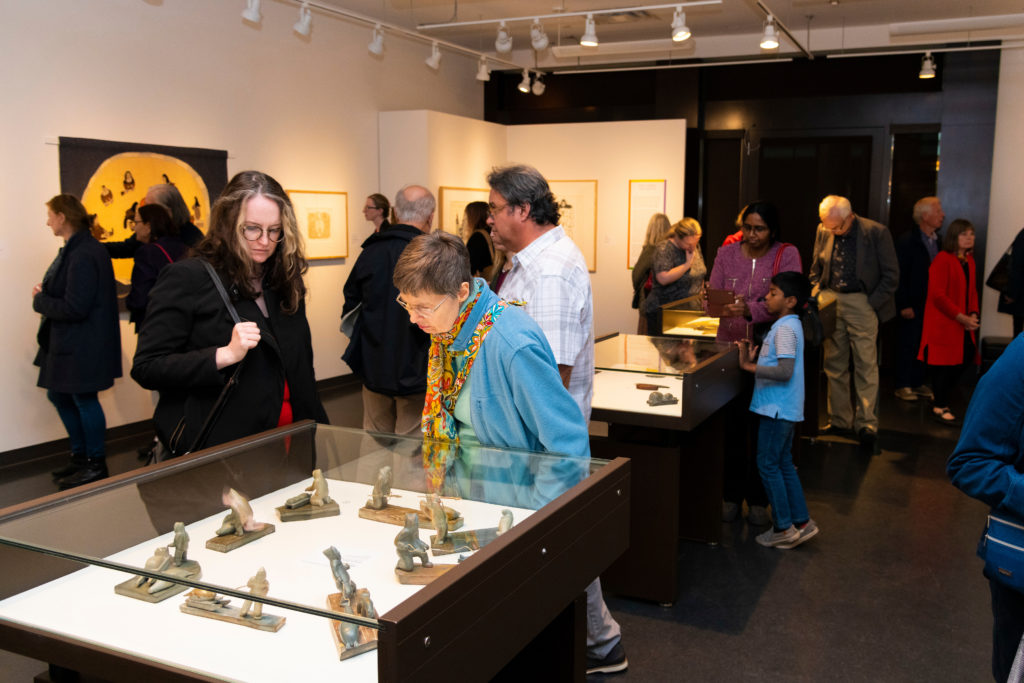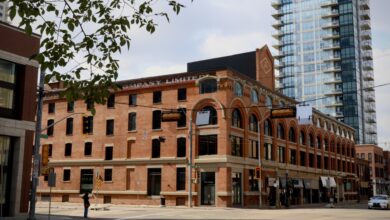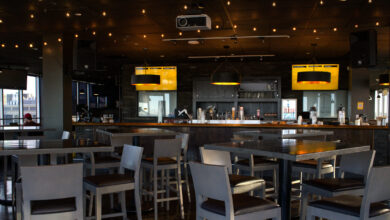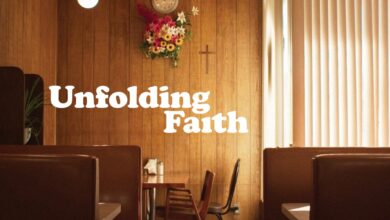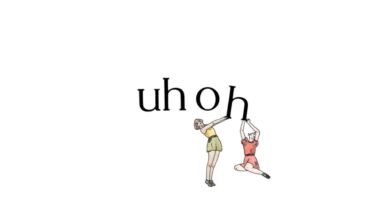Shifting Geographies ᐊᓯᔾᔨᕐᓂᖏᑦ ᓄᓇᖏᑦ: Exploring cultural change in Inuit communities
The exhibit explores adapting Inuit communities up North
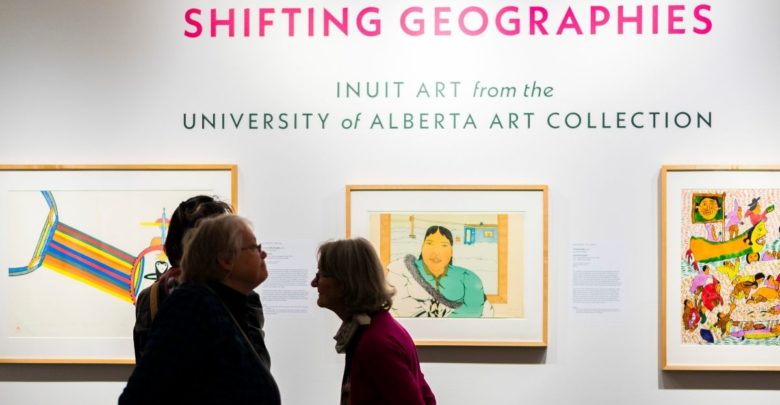 (c) University of Alberta - Photo Courtesy of UAlberta Museums
(c) University of Alberta - Photo Courtesy of UAlberta MuseumsThrough the curation of Inuit art, the current University of Alberta Art Collection exhibition not only aims to capture shifts in Northern Indigenous communities, but also shift longstanding perspectives on Inuit lifestyle.
The exhibit, Shifting Geographies ᐊᓯᔾᔨᕐᓂᖏᑦ ᓄᓇᖏᑦ: Inuit Art, aims to highlight the social and cultural changes that have occurred in Inuit communities. Made up of items from the University of Alberta Art Collection, Shifting Geographies has pieces dating from the 1960’s — as well as mixtures of prints, textiles, and soap cravings — the exhibition synergistically works to show how housing, food, transportation, and other themes have evolved. Located in the Telus Centre, the exhibition is open until October 26 from 12:00 p.m till 5:00 p.m Thursday, Friday, and Saturday.
For Nadia Kurd, U of A Art Collection curator, it is through looking at the artwork both individually and together that the shift in Inuit culture becomes apparent.
“When you look at the work and you look at them all collectively, you get a sense of a changing and adaptable life in the Arctic,” Kurd said.

(c) University of Alberta – Photo Courtesy of UAlberta Museums
The exhibition was inspired by the extensive Inuit art collection at the U of A, which was the sole source of featured pieces. Out of the 8000 objects in the art collection, 730 items are from Inuit artists. Kurd saw this exhibition as an opportunity to showcase this diversity of Inuit art to the campus community.
“When you look at the collection here at the University of Alberta, there is a real vibrancy and depth to the collection,” she said. “We do not just have prints — we have drawings, textiles, and sculptural work. Once you see all those works together, you can really appreciate the richness of the stories they tell.”
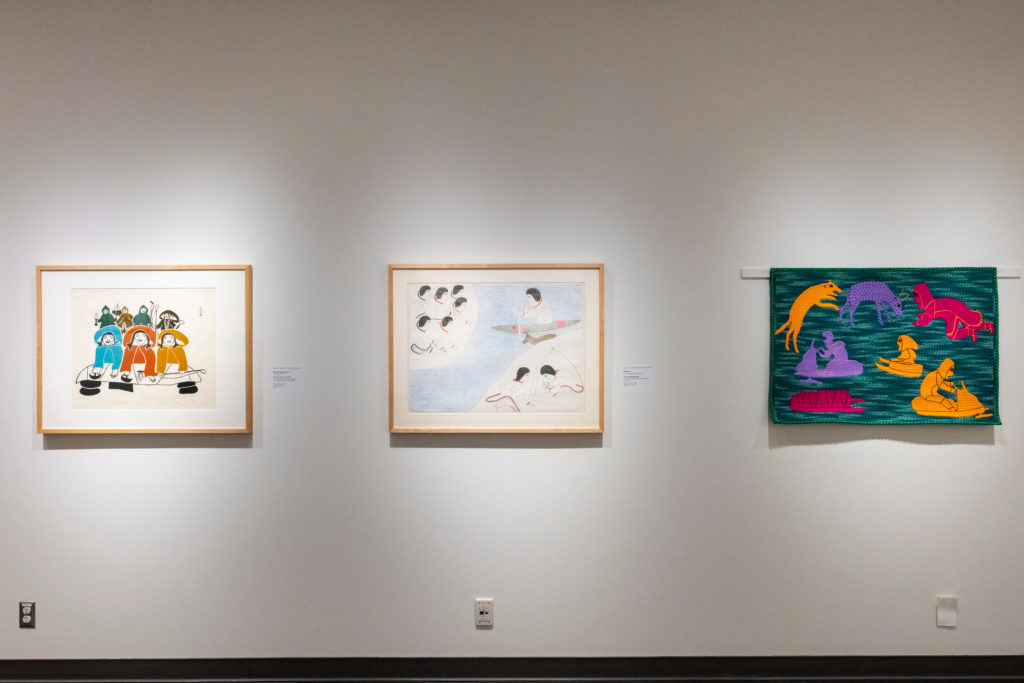
The exhibition is organized into sections focusing on shifts regarding hunting practices, built forms depicting a variety of human-built structures, and contemporary themes such as food security. Kurd’s choice to organize the exhibit this way stemmed from a desire to challenge current perspectives on what life in Northern communities is really like.
“[I was] trying to offer perspectives that people have not encountered before,” she said. “I think for those of us that live in the South, we have an idea about what Inuit art might be or we have a preconceived notion about what life might be about. It was important for me to counter-act that.”
Gesturing to the piece “Summer Camp Scene” by Pitseolak Ashoona, Kurd described how the image of three Inuit women scaping meat in a summer landscape counters the image of everlasting winter in the North. Kurd also intentionally chose another piece by Ashonna called “Ancient Stone Dwelling”, which depicts a stone house.
“[Ashonna] created an image of a stone house and this what Inuit people in certain parts in the North would create to protect themselves from extreme climate” Kurd explained. “Quite different from our tried and true image of the ice house.”
For Kurd, the ultimate goal of this exhibit was to not only explore the changes occurring in Inuit communities, but also honour their traditions and most importantly, their perspectives.
“I wanted to put a nod to change and the word geography is connected back to the use of the land,” she said. “These artists have tracked those changes and spoken to how they live their lives.”
